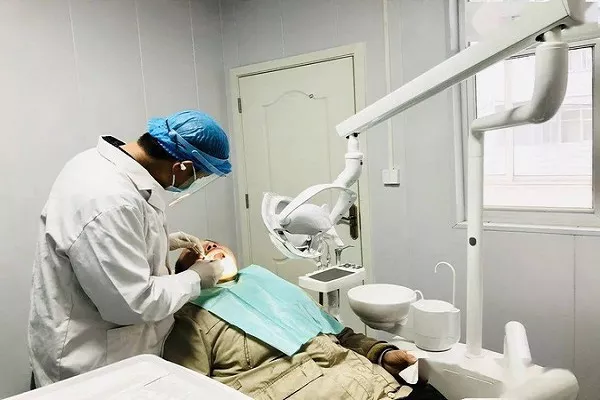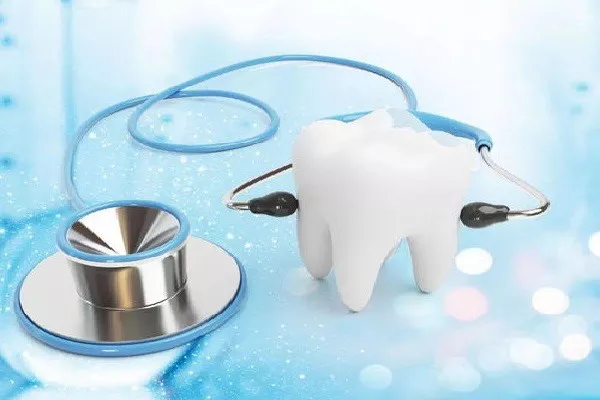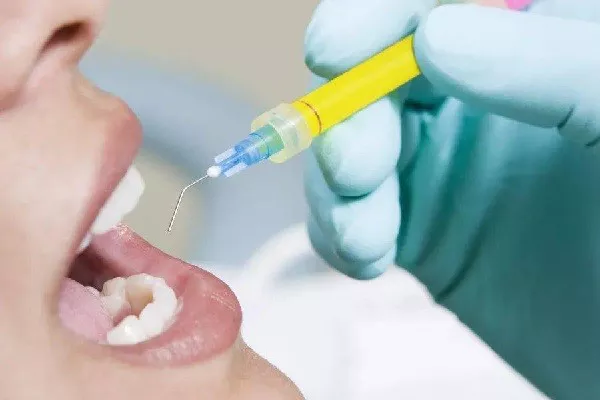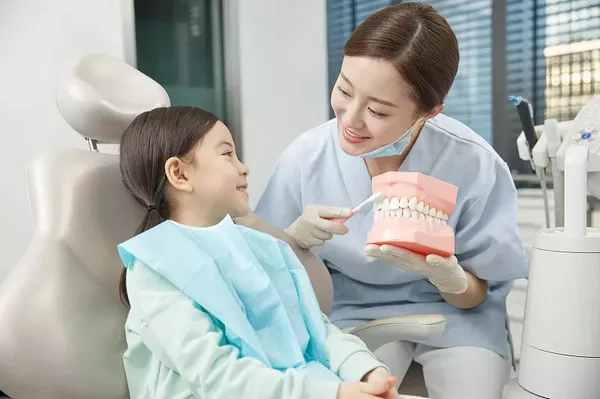Orthodontic retainers are vital appliances that help maintain the alignment of your teeth after braces or other orthodontic treatments. To keep your smile looking its best and ensure your oral health remains a top priority, it’s essential to know how to clean orthodontic retainers properly. In this comprehensive guide, we will explore the importance of cleaning your retainers, different types of retainers, step-by-step cleaning methods, and additional tips for maintaining a healthy, retainer-assisted smile.
The Importance of Cleaning Orthodontic Retainers
Orthodontic retainers are custom-made to fit your teeth snugly. They play a crucial role in preventing your teeth from shifting back to their original positions after orthodontic treatment. However, retainers can also become breeding grounds for harmful bacteria and plaque if not cleaned regularly. Proper cleaning helps you avoid:
Oral Hygiene Issues: Unclean retainers can contribute to bad breath and other oral hygiene problems.
Bacterial Growth: Bacteria can accumulate on the retainer’s surface, increasing the risk of infections or oral health issues.
Odor: Neglected retainers may develop an unpleasant odor that can affect your confidence and comfort.
Longevity: Regular cleaning prolongs the life of your retainer, reducing the need for replacements.
Types of Orthodontic Retainers
Before delving into the cleaning process, it’s essential to know which type of orthodontic retainer you have, as the cleaning methods may vary. The most common types include:
Hawley Retainers: These are removable retainers made of a combination of plastic and metal. They have an acrylic base that rests against the roof of your mouth and a wire that runs across the front of your teeth.
Clear Retainers: Also known as Essix retainers, they are transparent, removable retainers made of plastic. They closely resemble Invisalign aligners.
Permanent or Bonded Retainers: These retainers consist of a thin wire that is bonded to the back of your front teeth. They are not removable and provide continuous support.
How to Clean Orthodontic Retainers
Cleaning your orthodontic retainers is a straightforward process. Here are step-by-step instructions for each type of retainer:
Cleaning Hawley Retainers:
Rinse: After removing your retainer from your mouth, rinse it thoroughly under lukewarm water to remove any loose particles or debris.
Brush: Use a soft-bristle toothbrush and non-abrasive toothpaste (or retainer cleaner) to gently brush all surfaces of the retainer. Pay close attention to the wire and acrylic areas.
Soak: To disinfect and remove bacteria, soak your retainer in a retainer cleaning solution or a mixture of equal parts water and white vinegar. Avoid using hot water, as it can warp the retainer.
Rinse Again: After soaking for 15-30 minutes, rinse the retainer thoroughly with lukewarm water to remove any remaining cleaning solution.
Dry: Pat the retainer dry with a clean, lint-free cloth or allow it to air dry. Ensure it is completely dry before placing it back in your mouth or storing it.
Cleaning Clear Retainers (Essix Retainers):
Rinse: Remove your clear retainer and rinse it gently under lukewarm water to remove any loose particles.
Brush: Use a soft-bristle toothbrush to brush the retainer with mild soap or non-abrasive toothpaste. Avoid using toothpaste with abrasive agents, as they can scratch the clear plastic.
Soak: Soak the retainer in a retainer cleaning solution or a mixture of equal parts water and hydrogen peroxide for about 15-30 minutes.
Rinse Again: After soaking, rinse the retainer thoroughly with lukewarm water to remove any remaining cleaning solution.
Dry: Allow the retainer to air dry or use a clean, lint-free cloth to pat it dry before storing or wearing it again.
Cleaning Permanent or Bonded Retainers:
Brush: Use a soft-bristle toothbrush to brush the wire and the area between the wire and your teeth. Pay close attention to remove any plaque or food particles.
Floss: Use a floss threader or a special floss designed for bonded retainers to clean between the wire and your teeth. This is crucial for preventing plaque buildup.
Rinse: Rinse your mouth thoroughly with water after brushing and flossing to remove any debris.
Additional Tips for Retainer Care
In addition to regular cleaning, here are some essential tips for maintaining your orthodontic retainers:
Wear as Directed: Follow your orthodontist’s instructions regarding how long you should wear your retainer each day. Consistency is key to maintaining your smile’s alignment.
Keep Retainers Safe: When you’re not wearing your retainer, store it in its protective case. Avoid wrapping it in a tissue or napkin, as this can lead to accidental disposal.
Avoid Heat: Do not expose your retainer to hot water, as it can cause warping and damage to the plastic.
Keep Pets Away: Pets may be attracted to the smell of your retainer, so store it out of their reach to prevent damage.
Regular Check-ups: Attend your scheduled follow-up appointments with your orthodontist to ensure that your retainer continues to fit correctly.
Conclusion
Cleaning orthodontic retainers is a straightforward but essential part of maintaining your oral health and the longevity of your retainer. Proper cleaning helps prevent oral hygiene issues, bacterial growth, and unwanted odors. By following the specific cleaning instructions for your type of retainer and incorporating good retainer care habits, you can enjoy a beautifully aligned smile and optimal oral health for years to come.
Related Topics:





























